Military Macaw: Bird Species Profile
Updated on 04/26/24
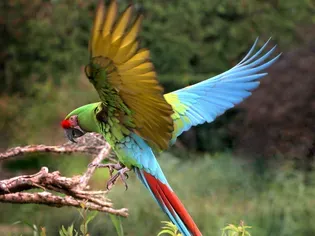
Military Macaw: A Majestic Bird of Vibrant Hues and Unwavering Loyalty
Introduction
Among the kaleidoscope of vibrant avian species that adorn the tropical rainforests of South America, the Military Macaw (Ara militaris) stands as a captivating sight. Its iconic plumage, adorned with a stunning array of emerald green, scarlet red, and cobalt blue, has earned it widespread acclaim as one of the most beautiful parrots on Earth. Beyond its captivating appearance, the Military Macaw possesses an endearing personality, characterized by unwavering loyalty, playful antics, and a remarkable capacity for human companionship.
Physical Characteristics
The Military Macaw is a large parrot, reaching an average length of 30 inches and weighing up to 2 pounds. Its most distinctive feature is its plumage, which is predominantly emerald green with scarlet red feathers on the crown, shoulders, and undertail coverts. The wings are tipped with cobalt blue feathers, creating a dramatic contrast that enhances the bird's overall beauty.
The Military Macaw's beak is large and powerful, reflecting its primarily vegetarian diet. Its tail is long and pointed, adding to its striking appearance. The irises of its eyes are typically dark brown, giving it an intelligent and expressive gaze.
Distribution and Habitat
The Military Macaw is native to the tropical rainforests of eastern and central South America, with populations found in Brazil, Bolivia, Paraguay, and Argentina. It primarily inhabits lowland forests, savannas, and floodplains, where it finds an abundance of food and nesting sites. The species is highly dependent on old-growth forests, which provide it with essential resources for survival.
Diet and Feeding Habits
The Military Macaw is a primarily vegetarian species, with a diet composed mainly of fruits, nuts, seeds, and flowers. Its powerful beak enables it to crack open tough nuts and seeds, while its long claws allow it to climb trees and access food sources hidden among the foliage. The species is also known to consume clay, which is thought to aid in digestion and provide essential minerals.
Social Behavior
Military Macaws are highly social creatures that live in pairs or small flocks. They are known for their strong pair bonds and unwavering loyalty to their mates. Within flocks, there is a distinct social hierarchy, with dominant pairs taking precedence over subordinate individuals. The species is also vocal, using loud calls to communicate with each other over long distances.
Breeding and Reproduction
Military Macaws reach sexual maturity at around 4-5 years of age. They are monogamous and typically mate for life. The breeding season varies depending on the geographical location, but generally occurs during the rainy season. The female lays 2-3 eggs in a tree cavity or nest, which are incubated by both parents for approximately 26 days. The chicks fledge from the nest about 3 months after hatching and remain dependent on their parents for several months thereafter.
Threats and Conservation Status
The Military Macaw is classified as Vulnerable by the International Union for Conservation of Nature (IUCN). The species faces a number of threats, including habitat loss, hunting, and illegal pet trade. Deforestation and conversion of rainforest habitats for agricultural and development purposes have significantly reduced its available range and fragmented populations. Hunting for its meat and feathers also poses a threat to the species.
Conservation efforts are focused on protecting and restoring the Military Macaw's habitat, reducing hunting pressure, and raising awareness about the importance of conservation. Captive breeding programs have also been established to support the species' recovery.
Examples of Military Macaw's Captivating Behavior
* Playful and Affectionate: Military Macaws are known for their playful and affectionate nature. They enjoy interacting with humans and forming strong bonds with their owners. They are often seen playing with toys, mimicking sounds, and engaging in acrobatic displays.
* Intelligent and Communicative: Military Macaws are highly intelligent and possess a remarkable ability to communicate. They are capable of learning a wide range of words and phrases, and some individuals can even engage in simple conversations. Their vocalizations are diverse and expressive, allowing them to convey a range of emotions and intentions.
* Unwavering Loyalty: Military Macaws are renowned for their unwavering loyalty and devotion to their mates. They form lifelong bonds and work together to raise their young. In captivity, they often become deeply attached to their human companions and show signs of affection and distress when separated.
Conclusion
The Military Macaw is a truly captivating bird species that embodies the vibrant beauty and unwavering loyalty of the avian world. Its stunning plumage, playful personality, and remarkable intelligence have made it a beloved companion for bird enthusiasts around the globe. By understanding its habitat, diet, social behavior, and conservation status, we can help ensure the survival of this magnificent species for generations to come.
Explore More Pets

Small Bird Breeds
Gloster Canary: Bird Species Profile
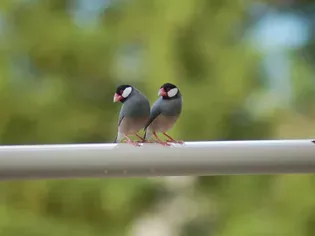
Small Bird Breeds
Java Finch: Bird Species Profile
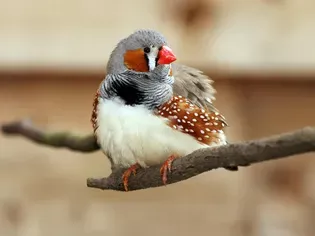
Small Bird Breeds
Zebra Finch (Chestnut-Eared Finch): Bird Species Profile
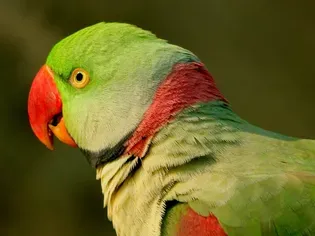
Small Bird Breeds
Alexandrine Parakeet: Species Characteristics & Care
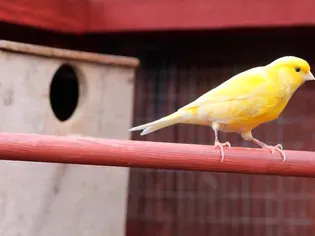
Small Bird Breeds
Canary: Bird Species Profile
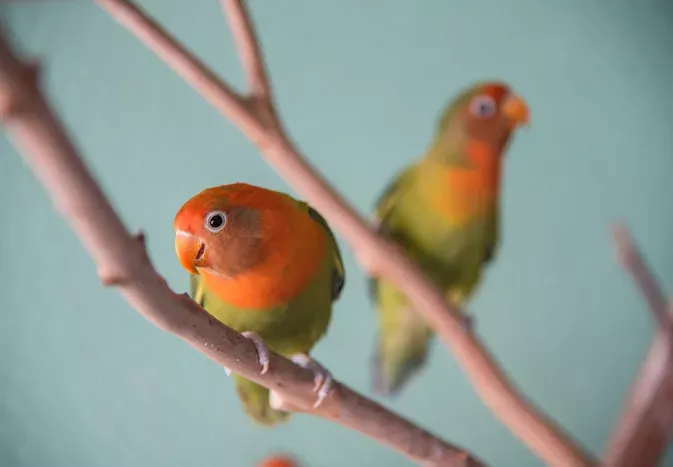
Small Bird Breeds
Lovebird (Pocket Parrot) Species Profile

Small Bird Breeds
A Guide to Pet Budgie Birds
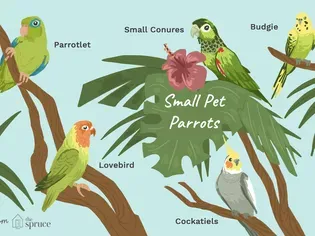
Small Bird Breeds
Types of Small Parrots